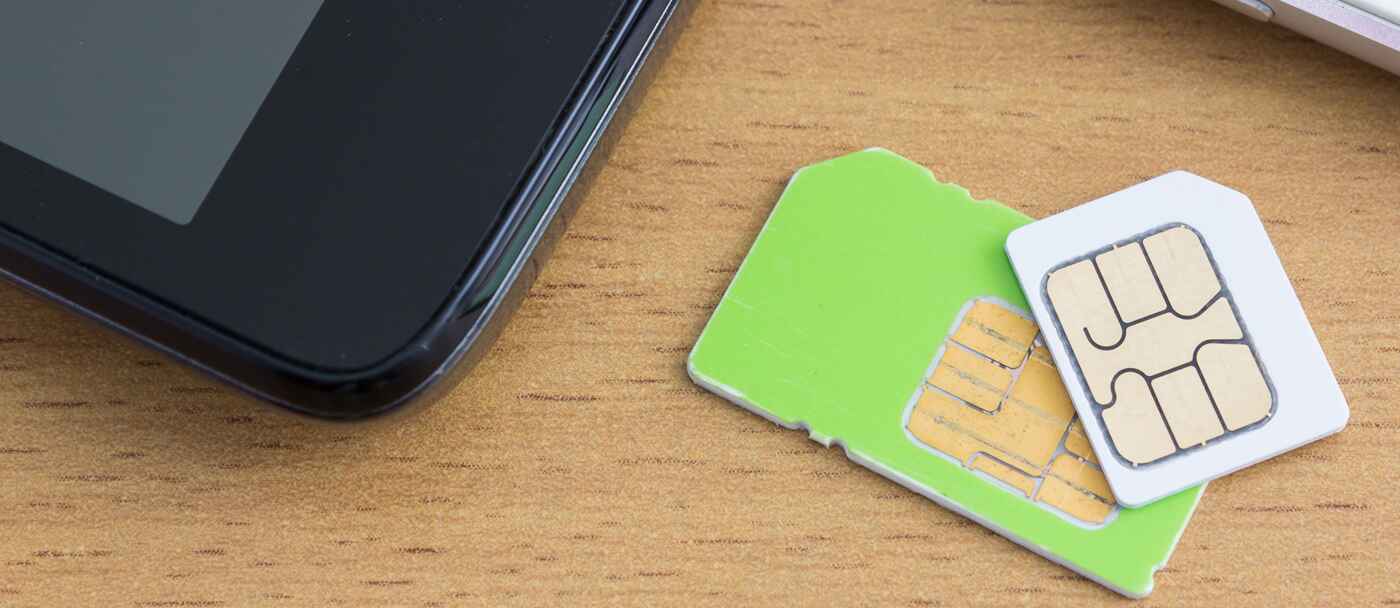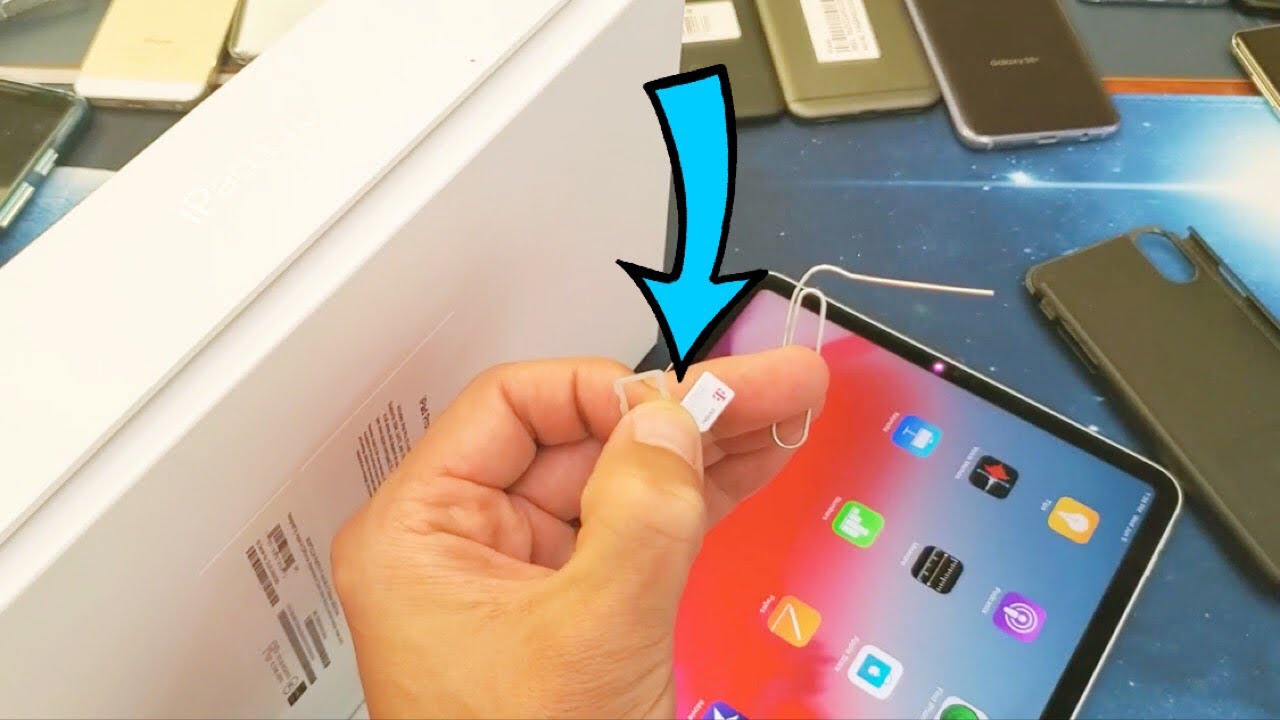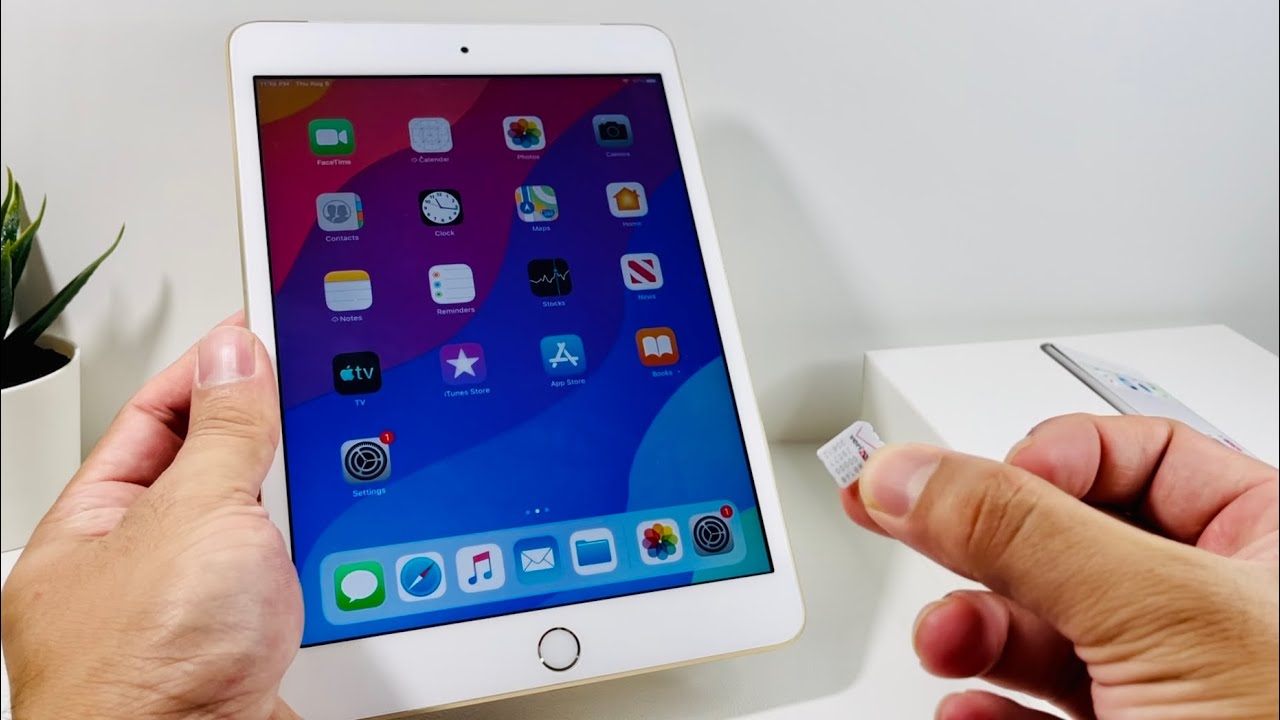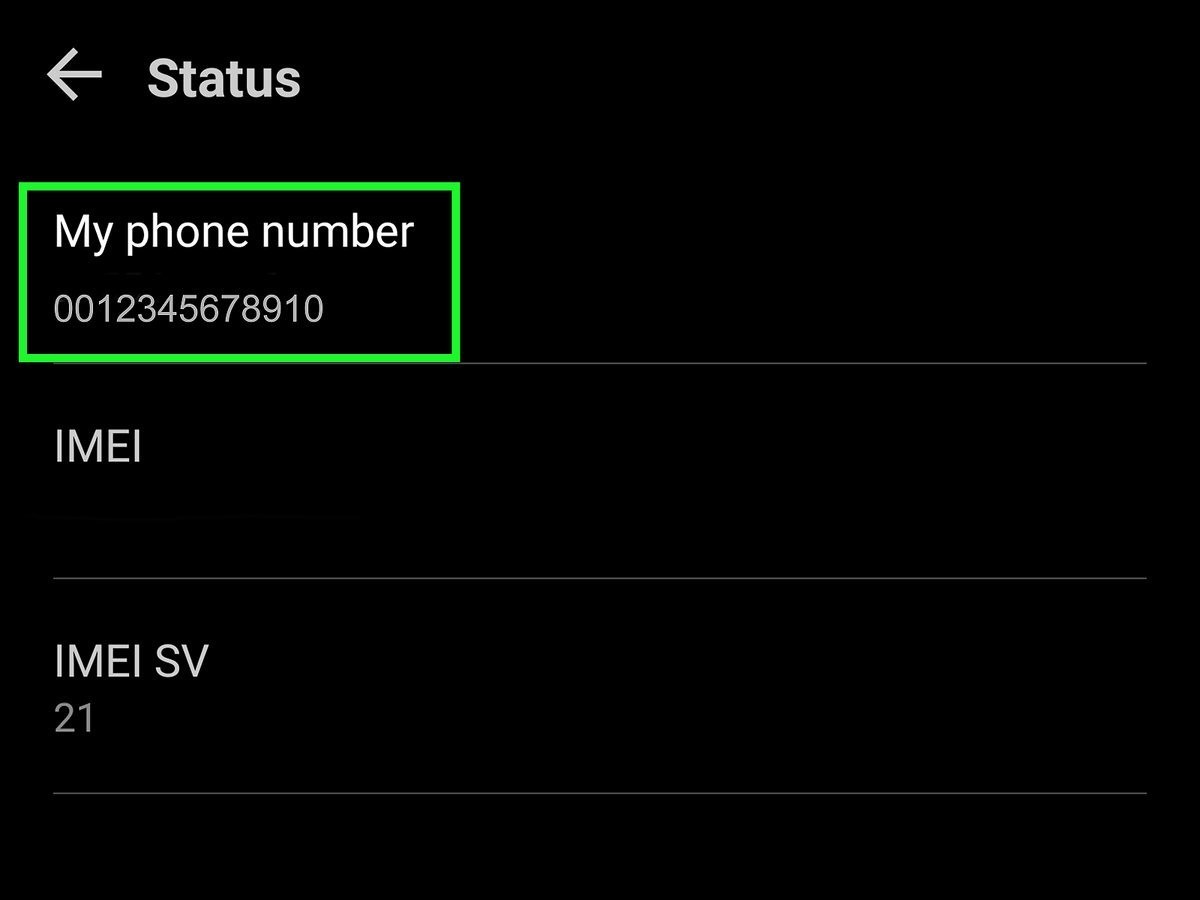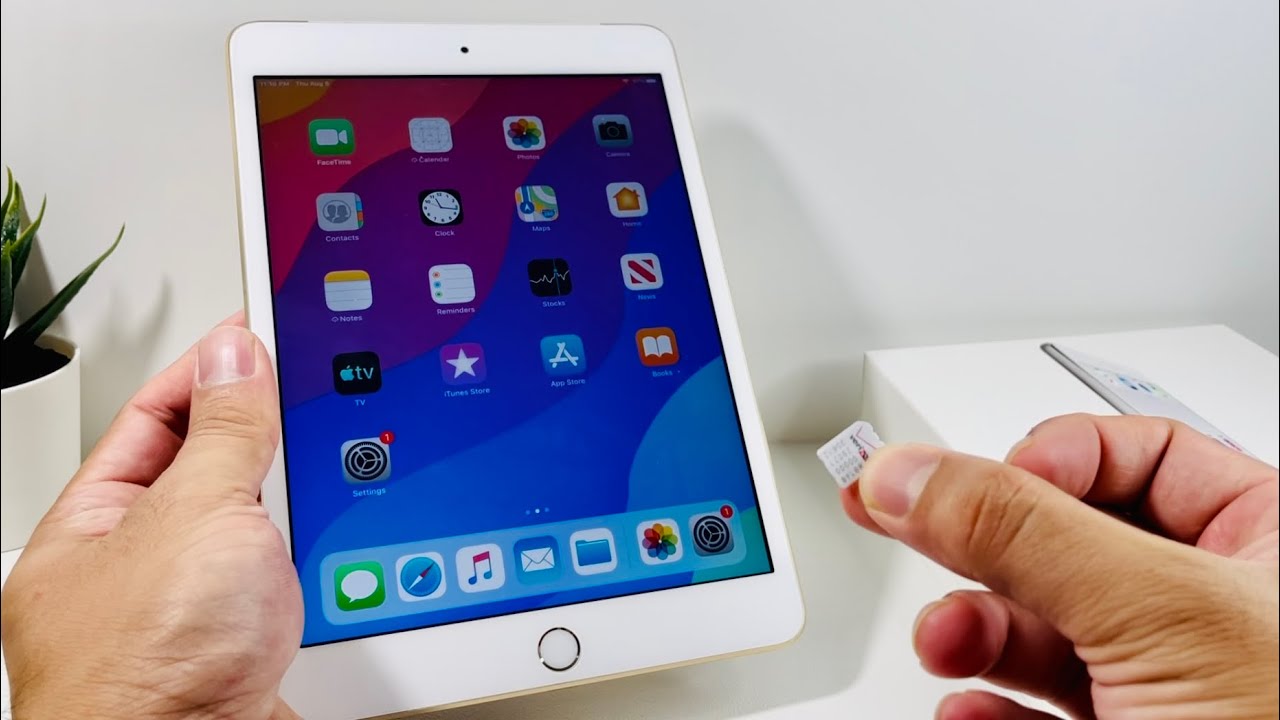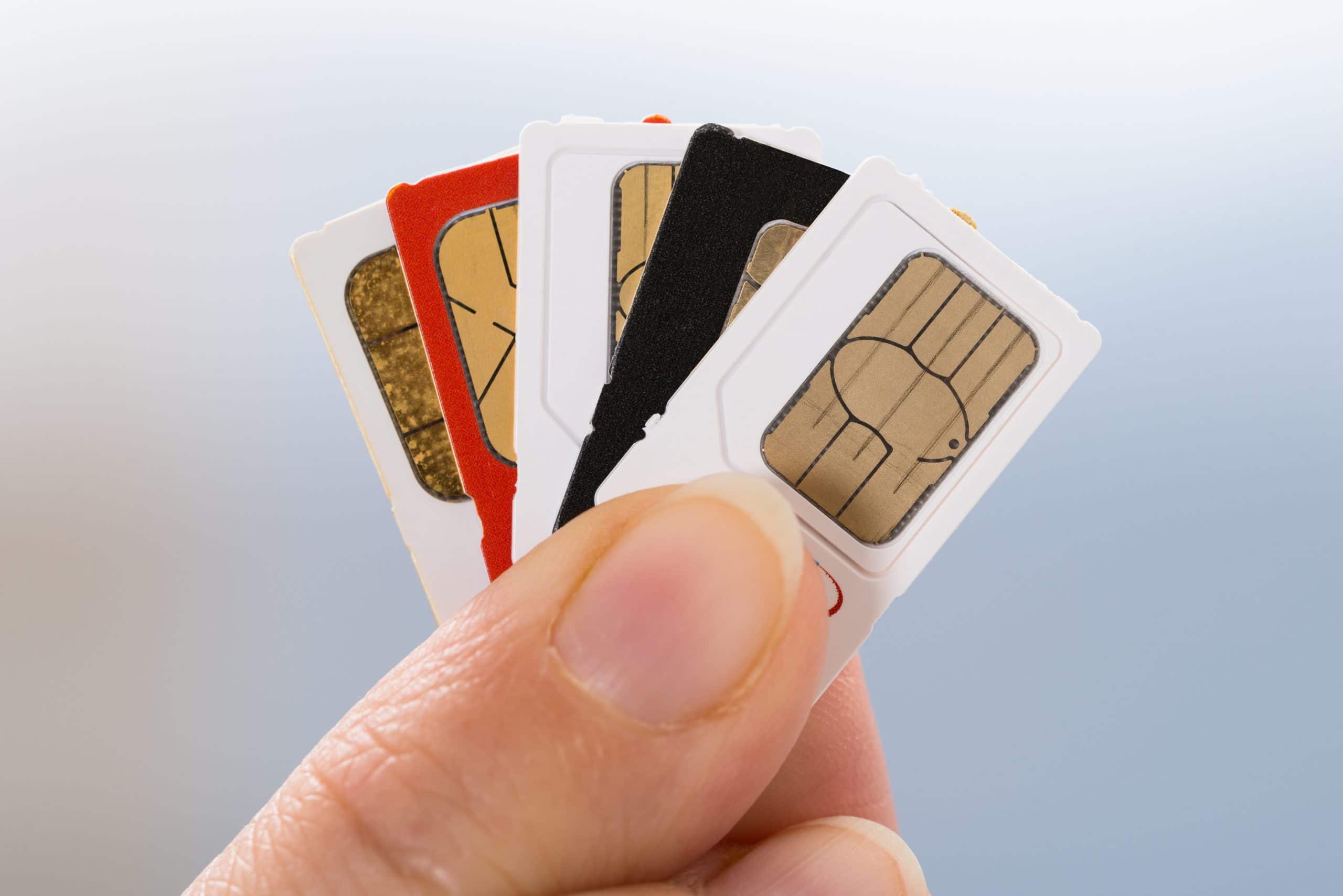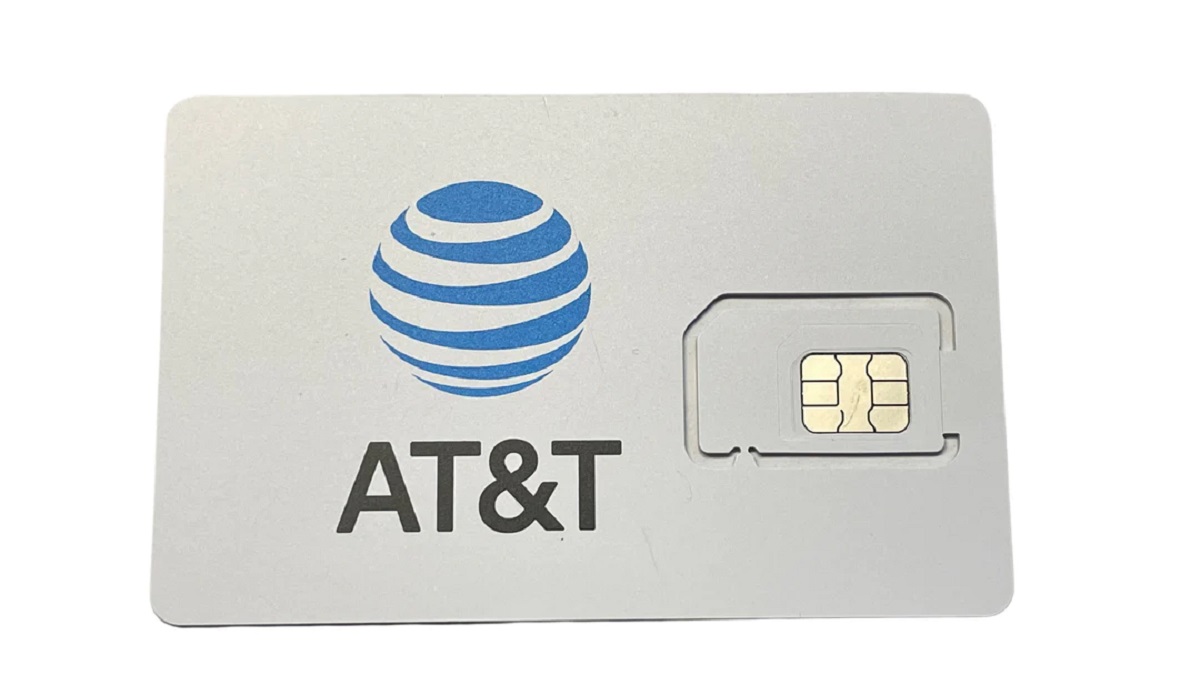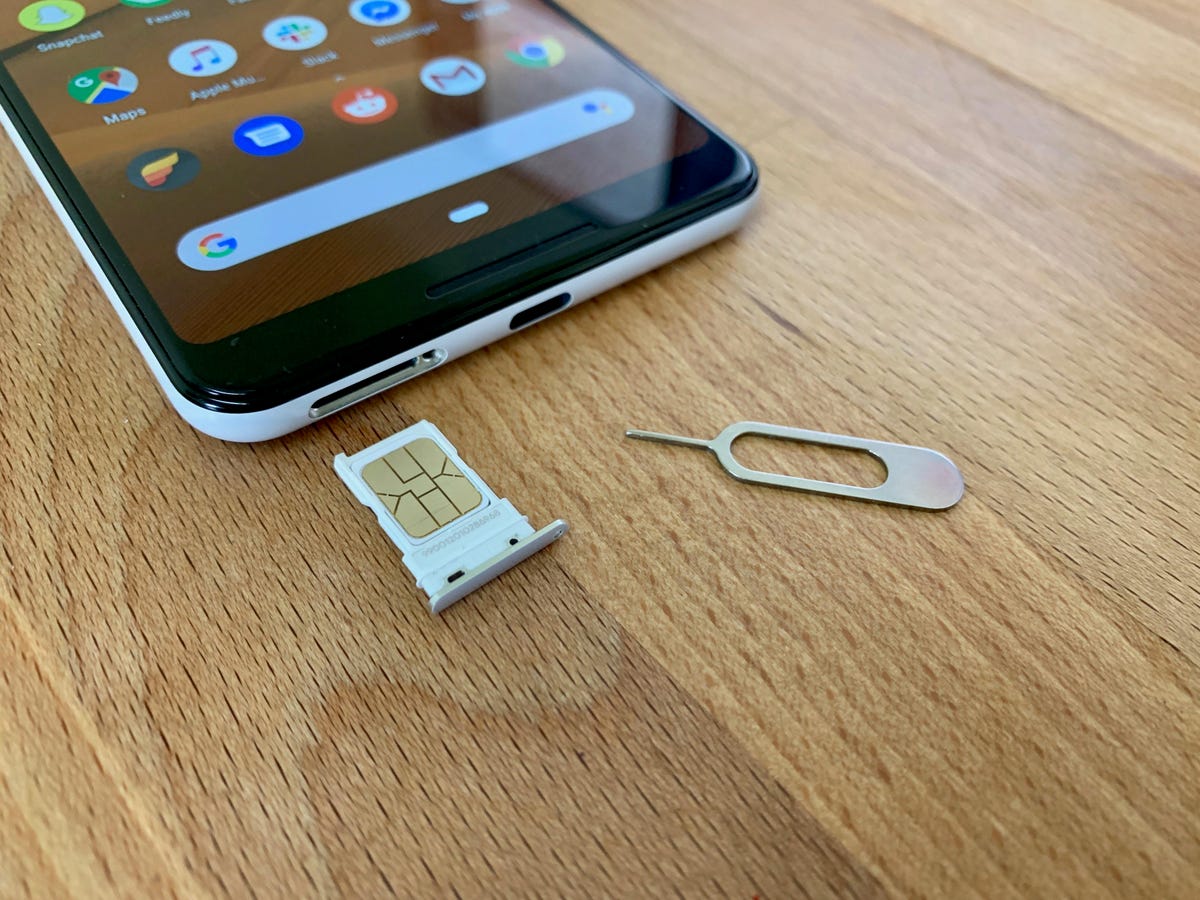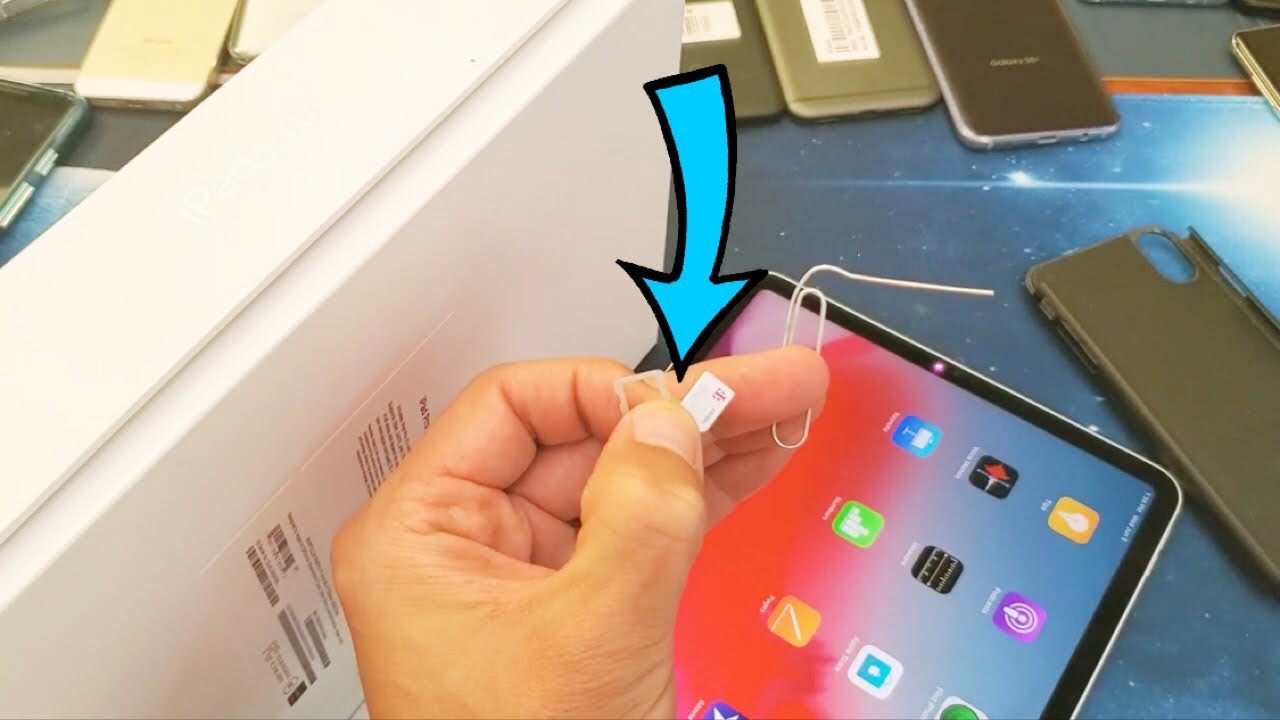What is a SIM card?
A SIM card, or Subscriber Identity Module card, is a small, removable card that is inserted into mobile devices such as smartphones, tablets, and iPads. It serves as the link between the device and the mobile network, allowing users to make calls, send text messages, and access the internet using cellular data.
The SIM card contains a unique identification number, known as the International Mobile Subscriber Identity (IMSI), which is essential for authenticating the user on the mobile network. Additionally, it stores the subscriber's information, such as the phone number, contacts, and text messages.
There are different types of SIM cards, including standard SIM, micro SIM, and nano SIM, each varying in size to fit specific devices. The standard SIM card, which is the largest, was commonly used in older mobile devices. As technology advanced, smaller SIM cards, such as the micro SIM and the even smaller nano SIM, were developed to accommodate the slim and compact designs of modern devices like the iPad.
In essence, the SIM card acts as the gateway to cellular connectivity, enabling users to stay connected while on the go. It plays a crucial role in facilitating communication and data access on mobile devices, making it an indispensable component in the realm of mobile technology.
How does a SIM card work in an iPad?
When a SIM card is inserted into an iPad, it establishes a vital link between the device and the mobile network, enabling seamless communication and data access. The process begins with the insertion of the SIM card into the designated slot on the iPad, typically located on the side of the device. Once inserted, the iPad recognizes the SIM card and initiates the activation process.
The SIM card contains crucial information, including the unique IMSI, which serves as the identifier for the user on the mobile network. Upon insertion, the iPad reads this information and communicates with the mobile network's infrastructure to authenticate the user and establish a secure connection.
Once the SIM card is activated, the iPad gains access to the mobile network's services, including voice calls, text messaging, and cellular data. When a user initiates a call or sends a text message, the iPad utilizes the SIM card to communicate with the mobile network, which then routes the communication to the intended recipient. Similarly, when accessing the internet using cellular data, the SIM card facilitates the connection between the iPad and the mobile network's data services, allowing users to browse the web, stream content, and stay connected while on the move.
It's important to note that the SIM card also plays a crucial role in ensuring the security and privacy of the user's communications. Through its unique identification capabilities, the SIM card helps in verifying the user's identity on the network, preventing unauthorized access and safeguarding the integrity of the communication channels.
In essence, the SIM card acts as the gateway to cellular connectivity for the iPad, enabling users to harness the full potential of mobile technology. Its seamless integration with the iPad's hardware and software allows for a user-friendly and reliable mobile experience, empowering individuals to stay connected, productive, and entertained, regardless of their location.
Overall, the functionality of a SIM card in an iPad is fundamental to the device's ability to tap into the vast array of mobile services, making it an indispensable component for users who seek connectivity and mobility in their digital endeavors.
The purpose of a SIM card in an iPad
The purpose of a SIM card in an iPad is multifaceted and pivotal to the device's functionality. Firstly, it enables seamless access to cellular networks, empowering users with the ability to make calls, send text messages, and access the internet using cellular data. This connectivity is particularly valuable in situations where Wi-Fi access is limited or unavailable, allowing users to stay connected and productive while on the move.
Furthermore, the SIM card plays a crucial role in personalizing the iPad for individual users. By storing essential subscriber information, such as the phone number and contacts, the SIM card ensures that the device is uniquely tailored to the user's identity and preferences. This personalization fosters a sense of ownership and familiarity, enhancing the overall user experience.
Moreover, the SIM card facilitates secure and authenticated access to cellular services, ensuring that communication channels remain private and protected. Through its unique identification capabilities, the SIM card verifies the user's identity on the mobile network, safeguarding against unauthorized access and potential security breaches. This aspect is particularly significant in today's digital landscape, where privacy and data security are paramount concerns for users.
In addition, the SIM card empowers users with the flexibility to choose their preferred mobile network provider and service plans. This freedom allows individuals to select network operators that offer optimal coverage, competitive pricing, and tailored service packages, thereby enhancing the overall value and utility of the iPad as a mobile communication and productivity tool.
Furthermore, for travelers and individuals who frequently move between regions or countries, the SIM card enables seamless access to local mobile networks. By simply replacing the SIM card with a local one, users can avoid exorbitant roaming charges and seamlessly integrate with the local mobile ecosystem, ensuring uninterrupted connectivity and convenience during their travels.
Overall, the purpose of a SIM card in an iPad is to empower users with seamless connectivity, personalized user experiences, enhanced security, and the flexibility to choose and adapt to their mobile communication needs. It serves as the gateway to a myriad of cellular services, enriching the iPad's utility as a versatile and indispensable device in the realm of mobile technology.
Benefits of using a SIM card in an iPad
The utilization of a SIM card in an iPad offers a myriad of benefits that significantly enhance the device's functionality and the overall user experience. These advantages encompass seamless connectivity, personalized user experiences, enhanced security, and the flexibility to adapt to diverse mobile communication needs.
First and foremost, the presence of a SIM card enables users to seamlessly access cellular networks, providing the ability to make calls, send text messages, and access the internet using cellular data. This connectivity is particularly valuable in situations where Wi-Fi access is limited or unavailable, allowing users to stay connected and productive while on the move. Whether it's staying in touch with family and friends, conducting business on the go, or accessing vital information, the SIM card empowers users with uninterrupted connectivity, irrespective of their location.
Furthermore, the SIM card facilitates personalized user experiences by storing essential subscriber information, such as the phone number and contacts. This personalized touch ensures that the iPad is uniquely tailored to the user's identity and preferences, fostering a sense of ownership and familiarity. As a result, users can seamlessly transition between their iPad and other devices, confident that their personalized settings and contacts are readily available, further enriching the overall user experience.
In addition to personalized experiences, the SIM card plays a pivotal role in ensuring secure and authenticated access to cellular services. Through its unique identification capabilities, the SIM card verifies the user's identity on the mobile network, safeguarding against unauthorized access and potential security breaches. This aspect is particularly significant in today's digital landscape, where privacy and data security are paramount concerns for users. The peace of mind that comes with knowing that their communications are secure adds immeasurable value to the overall user experience.
Moreover, the SIM card empowers users with the flexibility to choose their preferred mobile network provider and service plans. This freedom allows individuals to select network operators that offer optimal coverage, competitive pricing, and tailored service packages, thereby enhancing the overall value and utility of the iPad as a mobile communication and productivity tool. Whether it's selecting a plan with generous data allowances or one that offers affordable international roaming, the SIM card grants users the autonomy to make choices that align with their specific needs and preferences.
Furthermore, for travelers and individuals who frequently move between regions or countries, the SIM card enables seamless access to local mobile networks. By simply replacing the SIM card with a local one, users can avoid exorbitant roaming charges and seamlessly integrate with the local mobile ecosystem, ensuring uninterrupted connectivity and convenience during their travels. This flexibility not only saves costs but also ensures that users can stay connected without constraints, regardless of their geographical location.
In summary, the benefits of using a SIM card in an iPad are far-reaching and impactful, encompassing seamless connectivity, personalized user experiences, enhanced security, and the flexibility to adapt to diverse mobile communication needs. It serves as the gateway to a myriad of cellular services, enriching the iPad's utility as a versatile and indispensable device in the realm of mobile technology.
How to insert and activate a SIM card in an iPad
Inserting and activating a SIM card in an iPad is a straightforward process that enables users to harness the full potential of cellular connectivity and mobile services. Here's a step-by-step guide to seamlessly integrate a SIM card with an iPad:
-
Identify the SIM card slot: Begin by locating the SIM card slot on the iPad. Depending on the iPad model, the SIM card slot may be situated on the side or the back of the device. Use the SIM eject tool or a small paperclip to gently eject the SIM card tray from the slot.
-
Choose the correct SIM card size: Ensure that the SIM card aligns with the correct size for the iPad model. Most modern iPads utilize the nano SIM card size, but it's essential to verify the specific SIM card size required for the particular iPad model to guarantee a proper fit.
-
Insert the SIM card: Carefully place the SIM card on the SIM card tray, aligning it with the designated grooves. Take note of the orientation indicated on the tray to ensure that the SIM card is inserted correctly. Once positioned, gently slide the SIM card tray back into the slot until it securely clicks into place.
-
Power on the iPad: Turn on the iPad to initiate the SIM card activation process. Upon startup, the iPad will detect the presence of the SIM card and prompt the user to proceed with the activation steps.
-
Follow the activation prompts: Depending on the iPad's configuration and the network provider, the device may display on-screen instructions to guide users through the activation process. This typically involves entering the SIM card's associated PIN or following specific activation steps provided by the network operator.
-
Verify the activation: Once the activation process is complete, the iPad will display the network signal strength and indicate the successful activation of the SIM card. Users can now make calls, send messages, and access cellular data, leveraging the full capabilities of the iPad's cellular connectivity.
By following these simple steps, users can effortlessly insert and activate a SIM card in an iPad, unlocking the device's potential for seamless mobile communication and connectivity. Whether it's staying connected while traveling, accessing vital information on the go, or simply enjoying the convenience of cellular services, the integration of a SIM card amplifies the versatility and utility of the iPad as a powerful mobile device.







